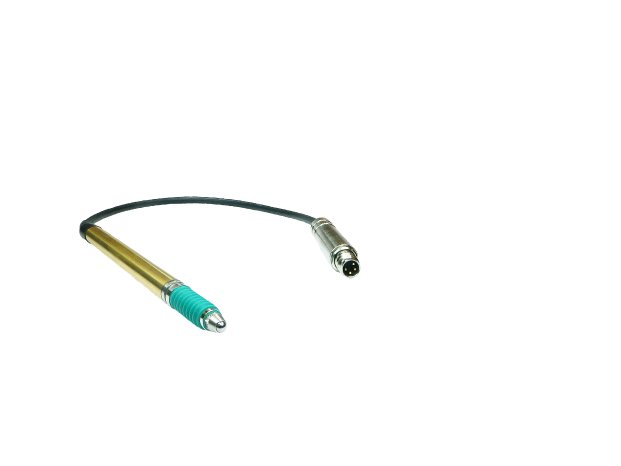Thanks to this the process data become unambiguous. Probe installation and maintenance are simplified. In-system errors are mainly compensated and therefore IO-Link measuring probes have a much better measuring capability than analogue systems. The pig-tail concept, 200 mm cable between the transducer and the measuring electronics, has various advantages. All transducers are available with IO-Link interface, which also ensures homogeneity in case of diverse measuring tasks. The probe is pluggable what simplifies installation and replacement. For connection a M8 A coded cable is used.
The IO-Link standard offers the advantage of being able to connect different sensors and actuators locally and uniformly. Touch probes are often used selectively in systems and devices. The individual wiring and provision of manufacturer-specific electronics on site or in the control cabinet is no longer necessary. In addition, the diagnosis of the measuring device is simpler. Thanks to the IODD (IO-Link Device Descriptor) file available for each device, the definition of the process and configuration data is digitally available.
Digital probes operating on RS485 interface are also available. Both types base on the newly developed ASIC for signal conditioning. The IO-Link and RS485 variant have in common to provide device specific data. This digital identification simplifies tasks such as gauge monitoring, replacement, installation, etc. Thanks to the growing number of gateways for IO-Link, compatible peripherals such as the new digital probes are becoming increasingly system-independent.


